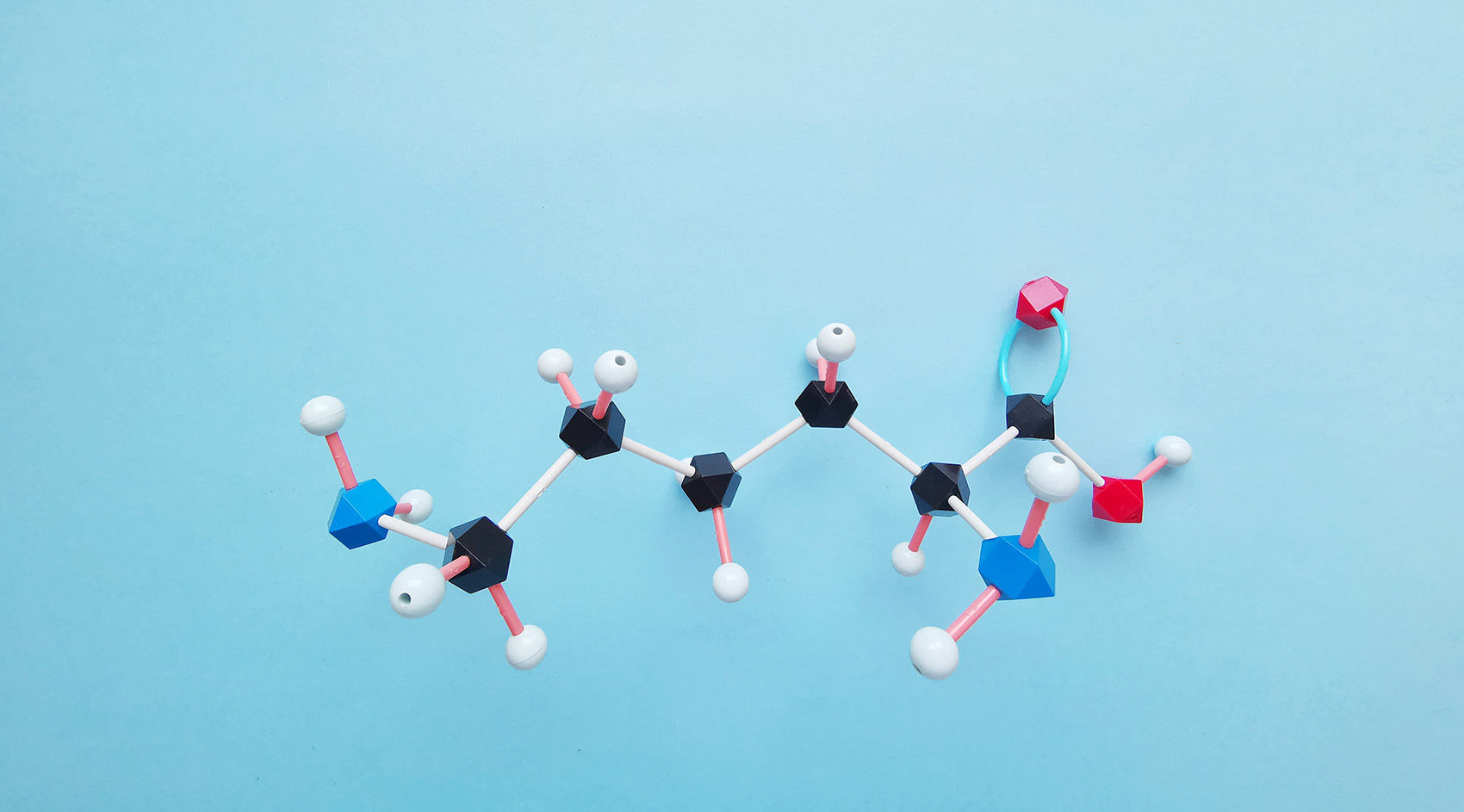
Protein lipidation refers to the process in which a protein moiety is covalently attached to long fatty acid chains through oxygen (O) or sulfur (S) atoms, giving rise to lipid-modified proteins. This often involves the S-acylation of cysteine residues in protein molecules by palmitoyl groups or their alkylation by farnesyl groups. These two types of fatty chains often concurrently modify the same protein molecule, leveraging the mutual solubility of fatty chains and biological phospholipids to anchor the protein to the cell membrane.
Lipid-associated proteins, a category of membrane-binding proteins, receive specific fatty acid chain modifications. Such modifications aid these proteins to establish their location on cell membranes and further facilitate their biological functional expression. Recent biophysical studies have shown that only when lipid-associated proteins anchor to the membrane do they become capable of participating in biological functions.
In the past decade, lipoprotein conjugates have been synthesized using a combination of genetic engineering and organic synthesis methods. Notable breakthroughs in this field have been achieved by Waldmann et al., who used enzymes and precious metals as catalysts to synthesize lipid-modified peptides using solid-phase synthesis. They incorporated an artificial linkage group and used maleimide caproic acid (MIC) as a protective group, forming an sulfur bond with Cys, and then link the peptide fragment to the protein truncated at the C-terminus by genetic engineering. In vitro experiments reveal these proteins possess significant biological functionality. SPR testing indicates a strong binding force between lipoproteins and membranes. Fluorescence microscopy investigations of lipoprotein distribution within cells have found phenomena closely related to natural biological occurrence.
In 2003, Waldmann et al. proposed a method for synthesizing a farnesyl moiety containing an optically active benzophenone in N-Ras heptapeptides. Underlying this synthetic strategy is the solid-phase synthesis of fragment polymers with N-terminal heptapeptides.
Lipidation plays a crucial role in intracellular signal transduction. Lipidated proteins essentially function as cellular signal switching devices. From growth factors to gene expression regulation - this process requires a sequence of steps, of which lipidated proteins are integral. Signals are transferred from growth factor receptors to adaptor proteins with SH2 domains, then to guanine nucleotide exchange factors, and finally to Ras proteins. The binding of Ras proteins with GTPd acts as a key control switch in the entire signal transduction process. It has been proposed in recent years that Ras proteins make for effective drug targets.
Non-normative modifications of lipoproteins can hamper the process of signal transduction. Variations of Ras proteins have been found in 30% of human tumors, with 80% of these tumors being malignant. Internally, aberrant modifications come into being when Ras proteins undergo point mutations. Whether chemical signal stimuli or genetic variations have led to mutations in Ras proteins remains unknown. Protein lipidation as a drug target has achieved some success. Farnesyl transferase inhibitors, having shown good efficacy in cancer treatment, do not exhibit any toxicity to normal cells. Similarly, palmitoyl transferase inhibitors also demonstrate anti-tumor characteristics, acting against both breast and prostate cancers.
Our products and services are for research use only.